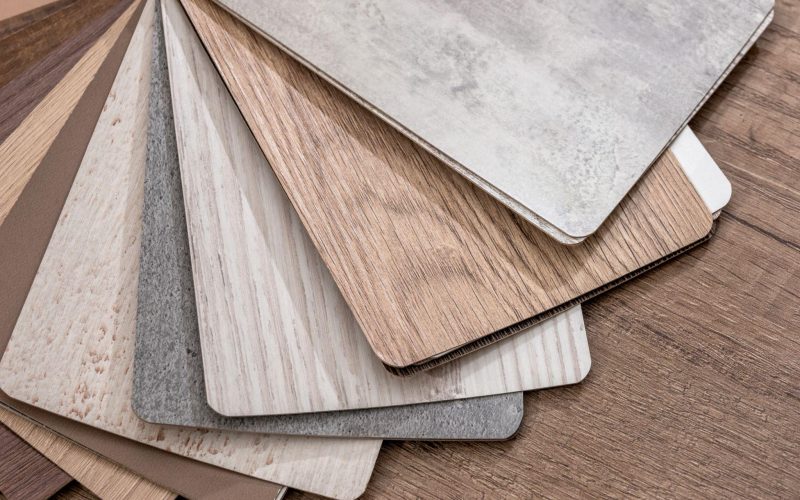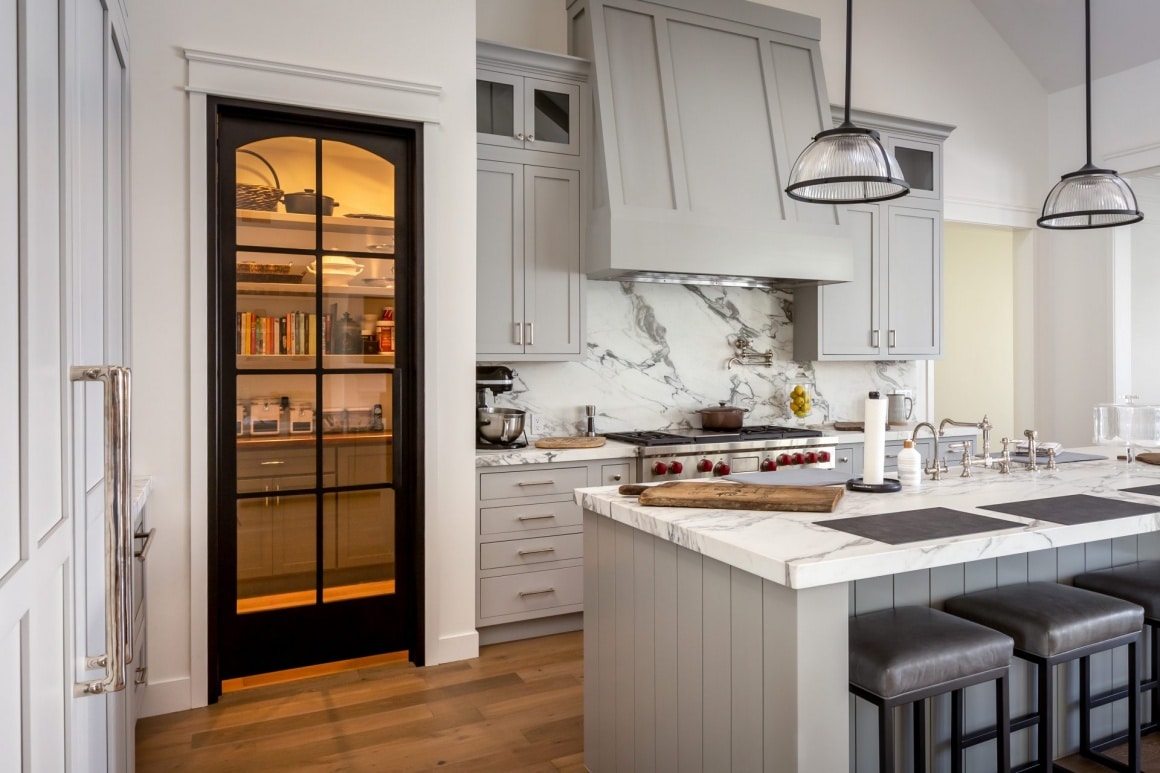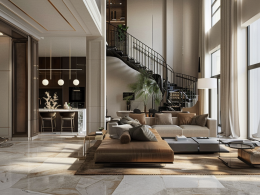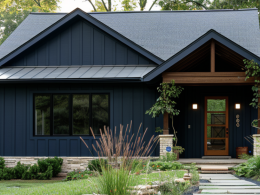The architectural industry plays an essential role in the future of construction — and the environment. Architects and designers can focus on building structures with sustainable materials and efficient cooling capabilities to accommodate warming temperatures and fight climate change.
How Does Climate Change Affect Architects?

Climate change causes long-term temperature shifts that lead to warming patterns. Over the years, regions across the globe have experienced higher temperatures, increasing the need for shading structures.
Whether your customers enjoy the extra sun or are concerned about the effects of climate change, everyone needs shade. Architects can implement shading strategies to fit older building styles and new construction projects. In urban areas, doing so helps ensure a more comfortable atmosphere.
The increasing demand for shade requires continued architectural research and advancement to satisfy people’s comfort needs and benefit the environment. To evolve traditional architecture, professionals focus on heat absorption, energy dynamics, and direct and indirect solar gain.
What Sustainable Practices Can Architects Use?
Industry professionals can implement these six strategies to accommodate warming temperatures and control their carbon footprint.
Reuse and Retrofit Buildings
Rehabilitating existing structures is much more energy-efficient than new construction. Instead of demolishing old buildings — which require many resources to knock down and rebuild — architects can repurpose them, focusing on new sustainable features.
Use Recyclable Materials
When architects build with recyclable materials, they can keep products out of landfills, reducing waste and energy consumption. Aluminum — a highly recyclable material — can produce energy savings of up to 95.5%, effectively contributing to efficiency efforts.
Maximize the Use of Natural Elements
Passive design strategies focus on natural elements like sunlight and wind to shade buildings, allowing architects to reduce the need for artificial lighting and high-energy warming methods. Sustainable methods save power, minimize waste and last longer.
Implement Green Infrastructure
Architects can warm urban structures while simultaneously making them eco-friendly. Green infrastructure reduces heat absorption and improves air quality. Common forms include roofs and living walls.
Design for Sustainability
Designers can create beautiful, modern looks with sustainable materials and processes. Many people have transitioned to environmentally safe practices, some of whom may be your customers. You can help them take action by using green designs.
Construct Off-Site
On-site construction requires additional transportation and electricity usage, which equals higher emissions. If building structures are designed and constructed off-site, you could produce 30% fewer emissions than on-site projects.
Structures Designed to Maximize Comfort in Warm Weather

Architects use shading analysis to examine how each structure interacts with the sun. Once you determine a building’s level of solar exposure, you can get creative with orientation, implementing a strategic plan to minimize solar heat and aid comfort levels.
Design, structure and building materials have advanced to adapt to modern aesthetics and improve eco-consciousness. Designers can use aluminum to reduce temperature, aid environmental efforts and add style.
This element provides sun protection while allowing natural light, increasing comfort levels without blocking sunlight. It can be used in various shading structures, including:
- Canopy systems: Overhead coverings supported by poles that attach to a building
- Equipment screens: Fences that can go around buildings or on rooftops for ventilation
- Walkway covers: Sun protection covers for businesses and establishments
- Sunshades for glazing: Sunshades for wall systems that protect interiors from exposure
What Technologies Are Involved With Architecture?
Technology has made its way into almost every industry, including architecture. Various platforms provide architects with data-driven insights and information to help make decisions and discover solutions. With the help of the following five technologies, you can create designs that target warming temperatures.
AI and Machine Learning
AI collects and analyzes an extensive data network to make predictions, find errors and generate design solutions. When combined with machine learning, the technology can make adjustments and improvements without human labor.
Building Information Modeling
Designers can use building information modeling to create real-time 3D architectural plans. The high-tech system uses data to capture different locations and produce simulations and scenarios, allowing you to make accurate decisions.
Internet of Things (IoT)
The IoT uses sensors, measuring tools and controls to pinpoint and predict problem zones. Designers can apply it directly to sustainable practices, as it can track areas of opportunity for energy reduction.
Generative Design
Architects can use generative design to analyze information, find solutions, spark creativity and optimize design processes. There are three stages of generative design, each working to produce a quality final product for you to choose from.
Augmented Reality (AR)
AR combines real-world visuals with digital images so architects can apply plans directly to a construction site or project. This technology removes the need for manual drawings and plans, which can help you save time.
Architectural Evolution Can Produce Industry Solutions
New technologies and sustainable building practices can help you design structures that accommodate warming temperatures and help the environment. Climate change is here to stay, but outdated architecture doesn’t have to be. If you focus on smart, energy-efficient strategies now, you can help create a more sustainable future.











